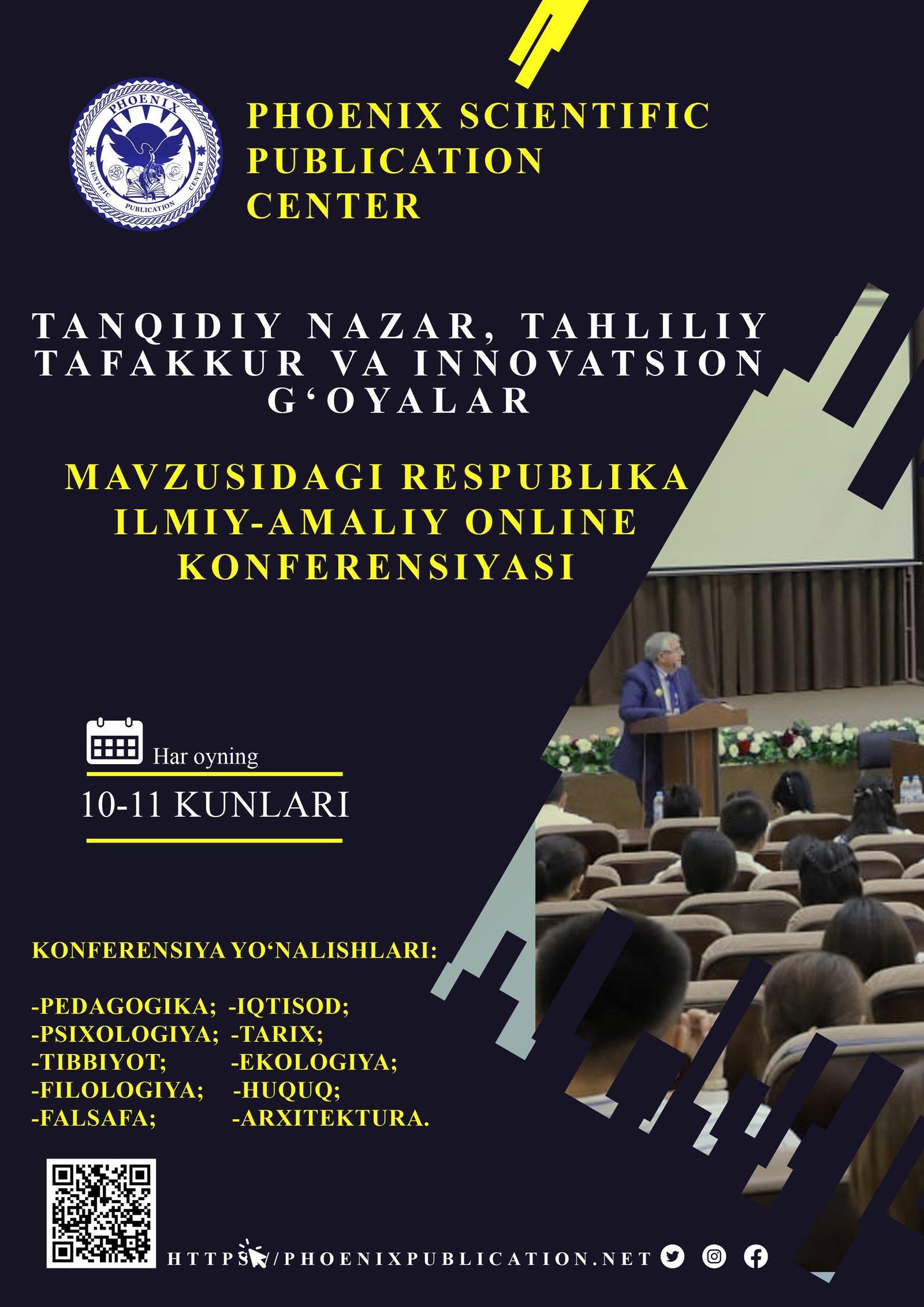Abstract
This article explores the impact of social media language on the current generation. It focuses on how digital communication styles—such as abbreviations, emojis, slang, code-switching, and memes—are reshaping the way young people interact. The study examines both the positive and negative effects of social media language on written and spoken communication, particularly in educational and professional contexts. Moreover, the article analyzes how linguistic changes in the digital era influence cultural identity, communication norms, and language learning practices. Insights are drawn from linguistics, psychology, and information technology disciplines.
References
1. Crystal, D. (2011). Internet Linguistics: A Student Guide. Routledge.
2. Tagg, C. (2015). Exploring Digital Communication: Language in Action. Routledge.
3. Baron, N. S. (2008). Always On: Language in an Online and Mobile World. Oxford University Press.
4. Androutsopoulos, J. (2013). "Online data collection" in The Handbook of Language Variation and Change. Wiley-Blackwell.
5. Thurlow, C., & Mroczek, K. (2011). Digital Discourse: Language in the New Media. Oxford University Press.
6. Tagliamonte, S. A., & Denis, D. (2008). "Linguistic ruin? Lol! Instant messaging and teen language". American Speech, 83(1), 3–34.
7. Danet, B., & Herring, S. (2007). The Multilingual Internet: Language, Culture, and Communication Online. Oxford University Press.
8. Gee, J. P. (2003). What Video Games Have to Teach Us About Learning and Literacy. Palgrave Macmillan.
